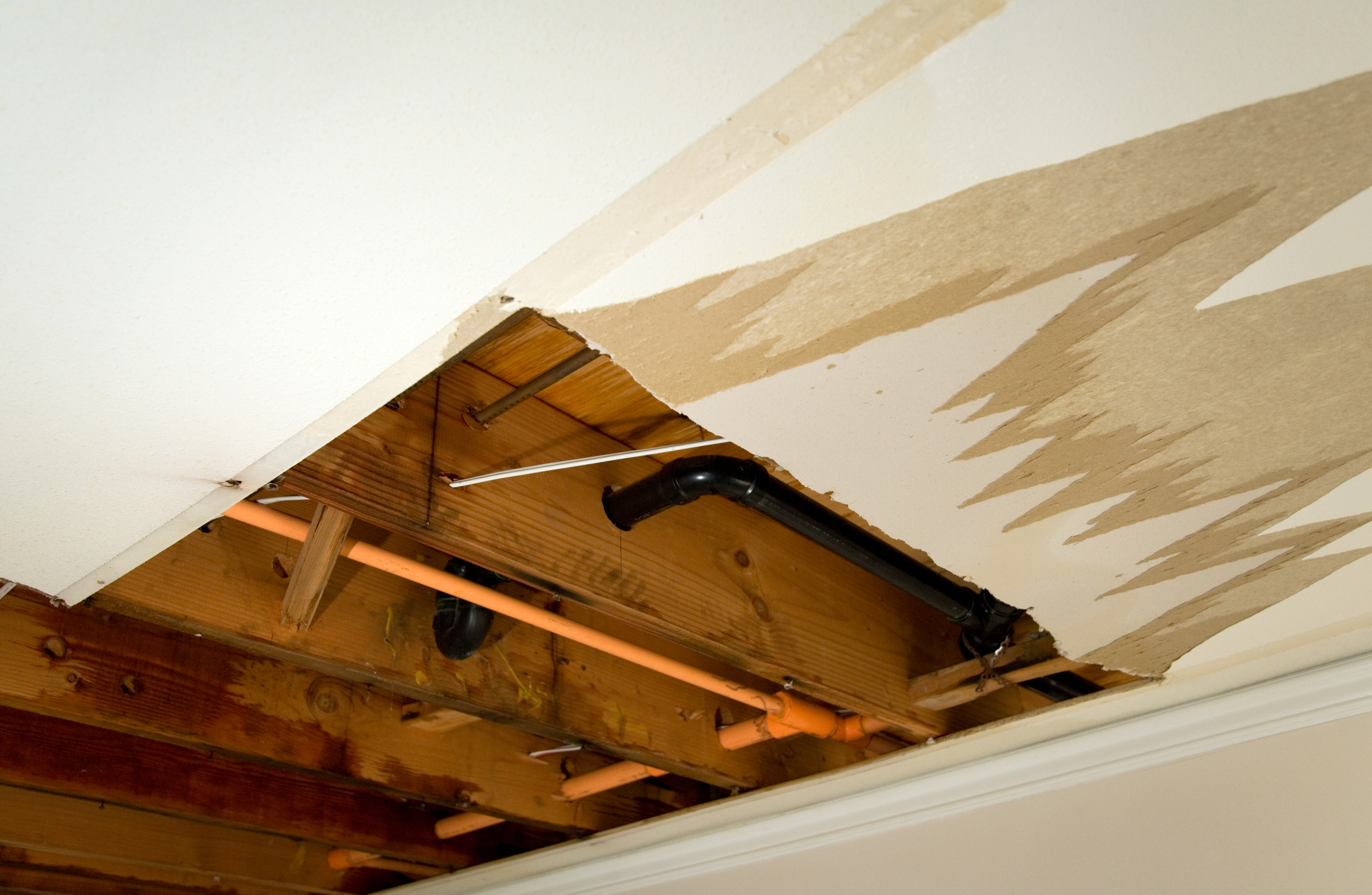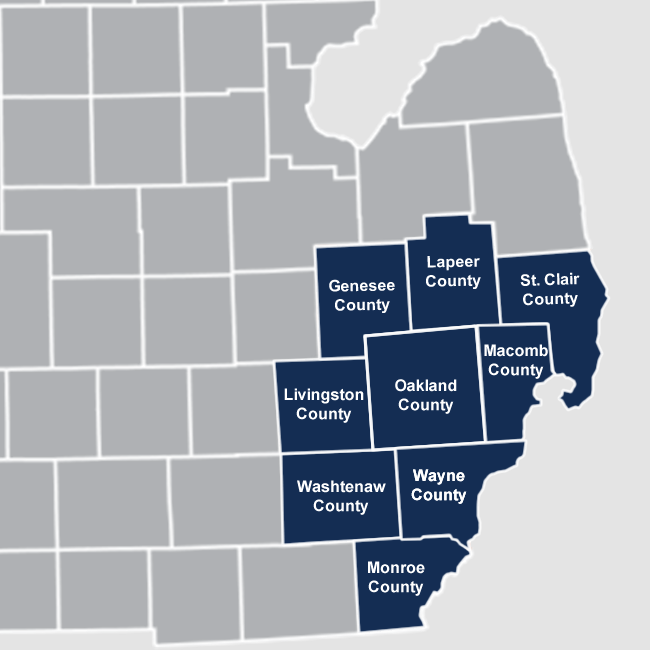Understanding the Most Common Causes of Water Damage in Your Home or Business

Water. It’s essential for life, but when it infiltrates where it shouldn’t, it can become a truly destructive force. From warping beautiful hardwood floors and crumbling drywall to jeopardizing vital documents and sensitive electronics, the aftermath of water damage can be significant and stressful.
At Advance Restoration, we understand the disruption and worry that unexpected water intrusion can cause. That’s why we want to shed light on some of the most frequent culprits behind these unwelcome events, along with some practical advice to help you keep your property dry and protected.
1. The Silent Saboteur: Aging Plumbing and Corrosion
If your home or business features older construction with copper or steel pipes, your plumbing system might be at a higher risk than you think. Over time, these materials can succumb to rust and corrosion. This internal buildup can not only restrict water flow but also weaken the structural integrity of the pipes themselves. As the rust takes hold, it erodes the pipe walls, eventually leading to pinhole leaks or even significant bursts.
Pro Tip for Prevention: Think of a plumbing tune-up like a regular check-up for your car. Having a qualified plumber inspect your pipes every 2 to 3 years can make a world of difference. They can ensure connections are secure, identify early signs of corrosion, and advise on necessary maintenance to keep your system in top shape.
2. The Temperature Tango: When Extremes Lead to Trouble
We often associate frozen pipes with harsh winter climates, and for good reason. When temperatures plummet, the water inside pipes can freeze and expand, creating immense pressure that can cause them to crack or burst. However, it’s important to realize that extreme temperature changes – even in warmer regions – can also put stress on your plumbing. Rapid shifts can cause materials to contract and expand at different rates, potentially leading to leaks.
Pro Tip for Prevention: Be mindful of your hot water settings. Excessively high temperatures can actually weaken your pipes over time. Additionally, taking the time to insulate exposed pipes, especially in unheated areas like basements or crawl spaces, can provide crucial protection against temperature fluctuations.
3. The Ground Beneath Your Feet: Natural Foundation Settling
The very ground your property rests on can sometimes contribute to water damage. Over time, the natural settling of a building’s foundation is almost inevitable. While often a gradual process, this movement can unfortunately lead to cracks forming in foundation walls. These cracks can then become pathways for groundwater to seep into basements and crawl spaces, resulting in dampness, mold growth, and even significant flooding. Furthermore, this settling can also put stress on nearby pipes, potentially causing them to weaken, crack, or even break.
Pro Tip for Prevention: Make it a habit to visually inspect your foundation walls at least once a year. Look for any new or widening cracks. If you spot anything concerning, it’s wise to consult with a foundation expert. Addressing these issues promptly can prevent minor cracks from escalating into major water intrusion problems.
Dealing with water damage can be overwhelming, but understanding the common causes is the first step towards prevention. If you do find yourself facing the aftermath of a leak or flood, remember that the experts at Advance Restoration are here to help. We have the experience and expertise to assess the damage, implement effective restoration solutions, and get your property back to its pre-loss condition. Don’t hesitate to reach out for professional assistance.














